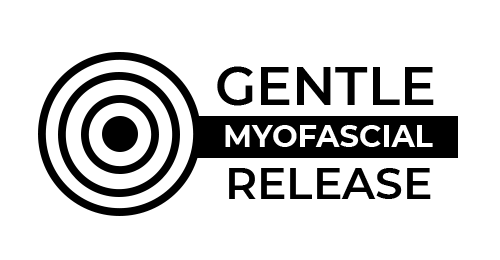I’ve seen firsthand how frustrating and uncomfortable a Dowager’s Hump, or kyphosis, can be for people. The good news is that it’s largely preventable and, in many cases, can be improved with proper attention and care. I’m here to guide you toward gentle myofascial release techniques that can help alleviate and prevent this common postural issue.
Understanding the Dowager’s Hump
Kyphosis, often referred to as a Dowager’s Hump, is that rounding of the upper spine that can lead to a noticeable hump at the base of the neck. It might sound intimidating, but the root cause is frequently postural. In our modern world, we spend so much time hunched over phones, computers, and desks. These poor body mechanics create an ongoing strain on the spine. Over time, your body compensates by laying down layers of connective tissue, trying to protect itself, but this eventually leads to stiffness, pain, and that all-too-familiar hump.
How Myofascial Release Can Help
Here’s where gentle myofascial release comes into play. Think of your fascia, the connective tissue surrounding your muscles, as a web that holds everything together. When that web gets tight, adhesions form, limiting your mobility and contributing to poor posture. By gently working on these areas, you can release the tension and improve your posture.
The key is consistency. A hump doesn’t develop overnight, and it won’t go away that quickly either. But with regular myofascial release, combined with mindful posture and strengthening exercises, you can prevent further damage and even reverse some of the effects of kyphosis.
Where to Start: A Gentle Routine
If you’re looking to address or prevent a Dowager’s Hump, here are some gentle myofascial release techniques to get you started:
- Hand Release with Focused Breathing
Tension in your hands and forearms can affect posture and upper body alignment. Use a soft ball to gently massage the palms, releasing tension in the fascia. As you do this, practice deep diaphragmatic breathing. Inhale deeply through the nose, expanding the ribcage, and exhale slowly through the mouth. This combination helps release tension in the hands and creates a calming effect that can improve your overall posture.
2. Neck Release with Gentle Breathing
Lie down with a soft ball at the base of your skull. Slowly turn your head from side to side to release tension in the neck and upper spine. Coordinate this movement with slow, deep breathing. Inhale as you center your head, and exhale as you turn to the side, allowing the breath to help guide the release. This helps correct forward head posture, a major contributor to Dowager’s Hump.
3. Spinal Extension and Rib Expansion Through Breathwork
Place a foam roller lengthwise along your spine, allowing your back and shoulders to gently open up. As you lay in this position, focus on expanding your ribs fully with each inhale. Visualize your ribs moving outward and upward, creating space in the thoracic spine. With each exhale, let your spine sink deeper into the roller. This practice not only releases the spine but also promotes proper breathing mechanics, which can improve posture.
4. Core Strengthening with Breathing Coordination
Incorporate core exercises like bridges or planks, but with a focus on breathwork. As you engage your core, exhale fully through your mouth to activate the deeper abdominal muscles, which support your spine and improve posture. This core strength is essential for maintain
Prevention is Key
Daily habits matter. Be mindful of how you sit, stand, and move throughout the day. Ensure your workspaces are ergonomically friendly, and take breaks to stretch and reset your posture. Remember, the further forward your head is from your body, the more stress it places on your spine. By catching it early and practicing myofascial release, you can take control of your posture and keep that Dowager’s Hump at bay.
The journey to better posture doesn’t happen overnight, but with consistency, you’ll notice improvements. Your body has an incredible ability to adapt and heal, and gentle myofascial release is a powerful tool to help it do just that.
Take care of your spine—it’s the backbone of your health.



